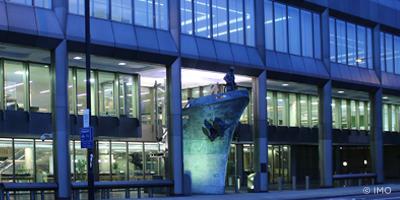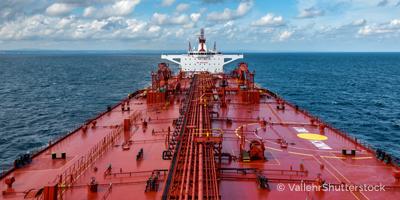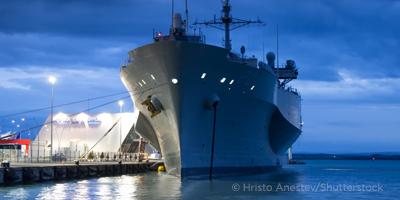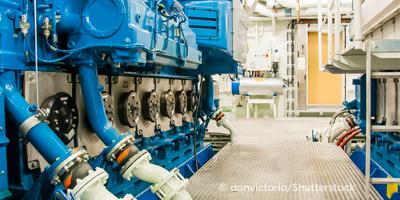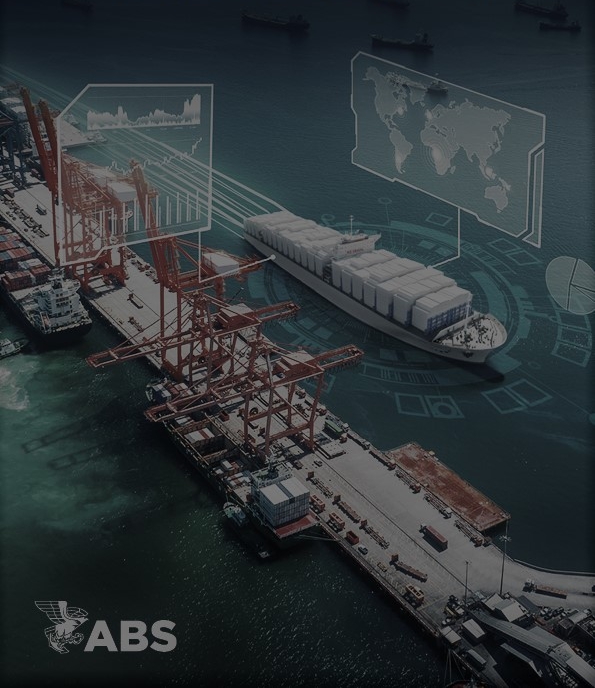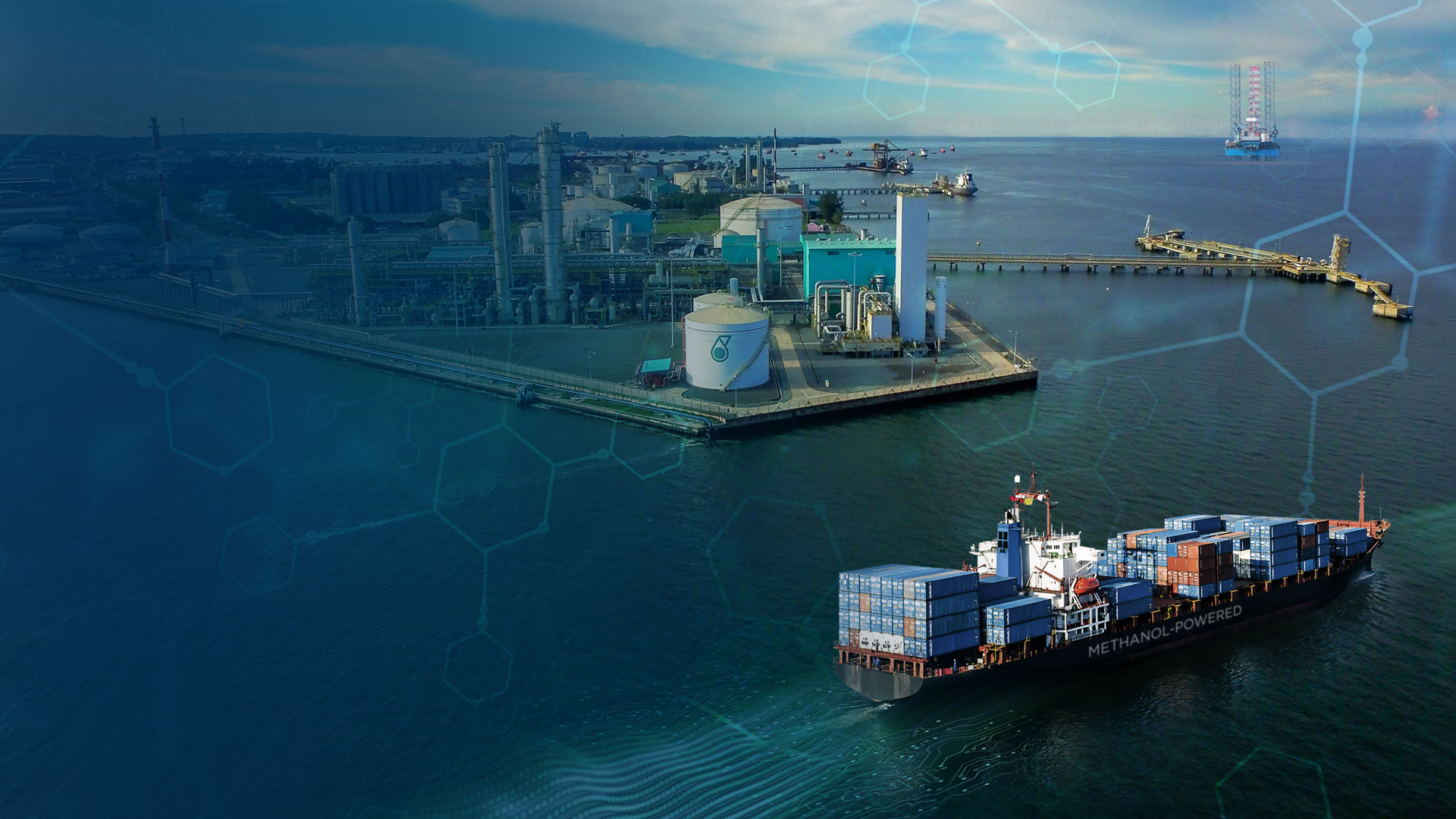The transportation and storage of methanol onboard vessels are easier than alternative fuels like LNG, ammonia and hydrogen. As a liquid fuel, methanol requires only minor modifications to existing systems and infrastructure used for conventional marine fuels, mainly concerning the low flash point of methanol.
Primary safety considerations include:
- Methanol tank location
- Methanol protection
- Inerting and venting of a methanol tank
- Spill containment
- Vapor and fire detection
- Fire fighting on board
- Onboard methanol operation safety training
Spills and Leaks
Though methanol has a lower toxicity than ammonia, it is poisonous if ingested in large quantities. Since methanol vapor is heavier than air, it represents an increased risk of inhalation by onboard crew. At high vapor concentrations, methanol can also cause asphyxiation. Methanol should be handled carefully if spilled or leaked in confined spaces or on deck.
Because methanol vapor tends to accumulate at low points, like the bottom of tanks or low pipe points, special attention needs to be given to the placement of ventilation and detection arrangements in spaces where leakage may occur.
However, methanol has a much lesser impact if spilled or leaked into the environment than conventional hydrocarbon fuels. Methanol dissolves readily in water, and only very high concentrations create lethal conditions or any changing effect on the local marine life. A methanol spill would result in limited environmental damage except for releasing carbon into the marine ecosystem.
Fire Safety
Methanol as a liquid does not vaporize rapidly at ambient temperature and pressure. However, in concentrations between 6-36.5% of air, methanol vapor is flammable when introduced to an ignition source. Any methanol manifold, ventilation or pressure/vacuum (P/V) relief valve should have an appropriate clear adjacent area to avoid the introduction of ignition sources or sparks.
Methanol is known for burning with a smokeless, low-light and low-temperature flame that’s nearly invisible in the daylight, hindering flame detection until the fire has spread to adjacent materials. Flame detection equipment such as infrared (IR) cameras, foam extinguishing systems and robust operational procedures should be implemented to protect against methanol fires.
Flammable vapors burn over a methanol pool, and the liquid evaporates due to the heat, contributing to continued burning. One of the most effective ways of fighting a methanol fire is to smother the vapors or to dilute the flammable substances below their flammable limit. Portable dry chemical or CO2 extinguishers can be used for small methanol fires. Water extinguishers may be used for larger volumes of methanol as long as the volume of water is at least four times the size of the methanol pool.




